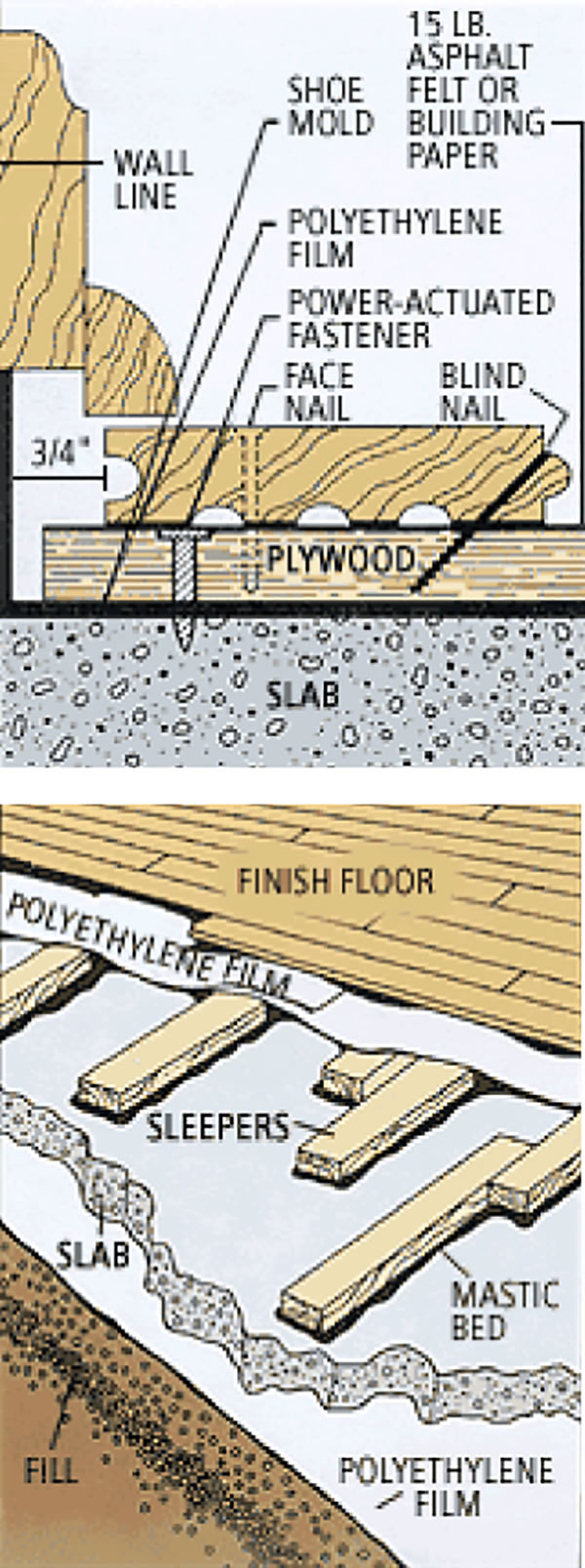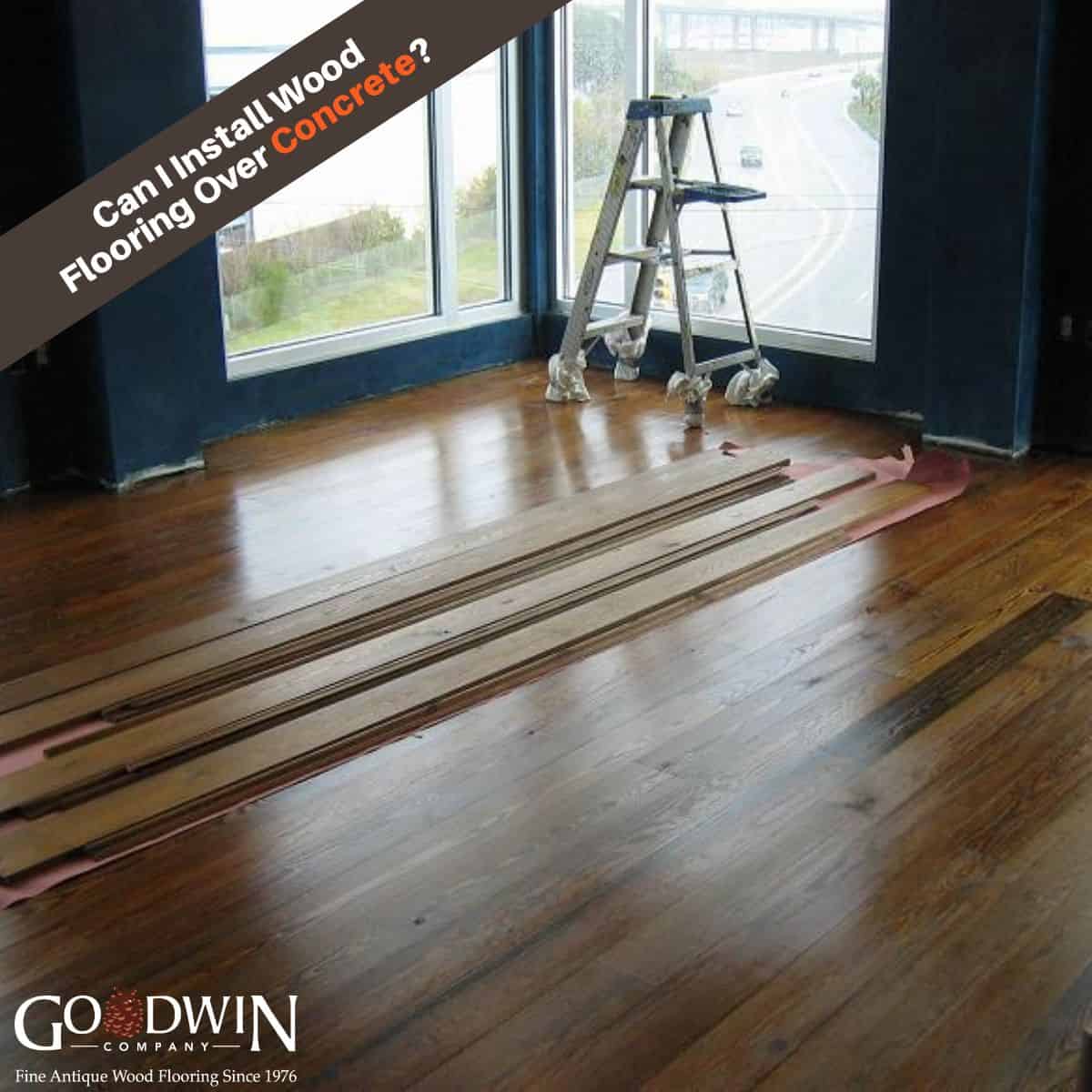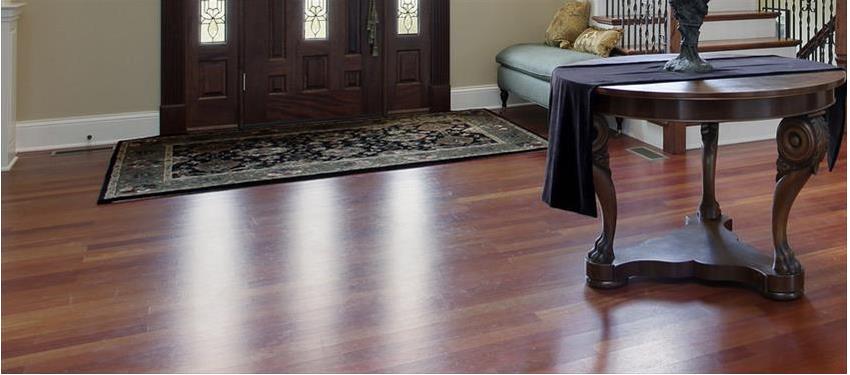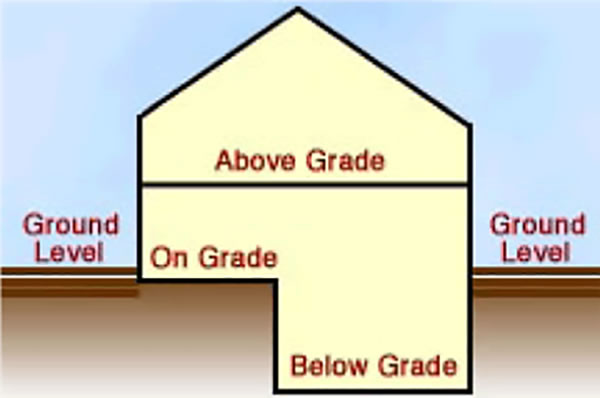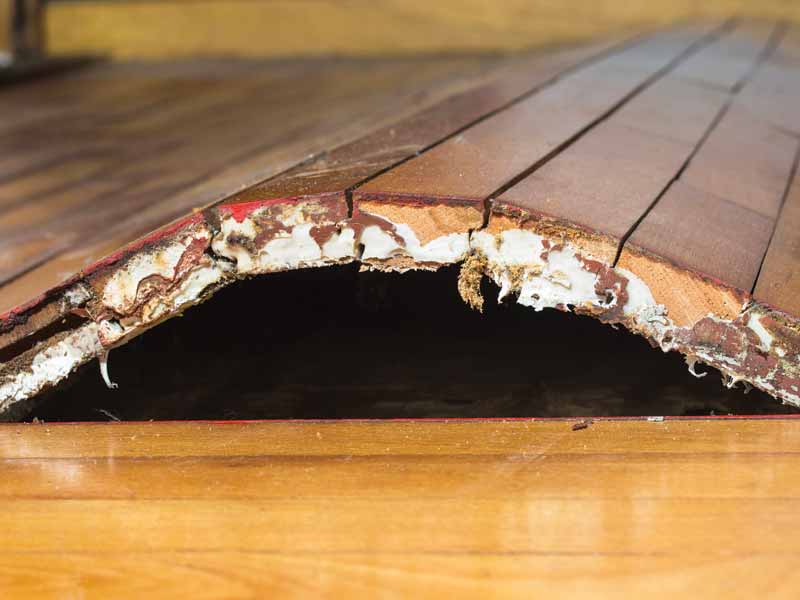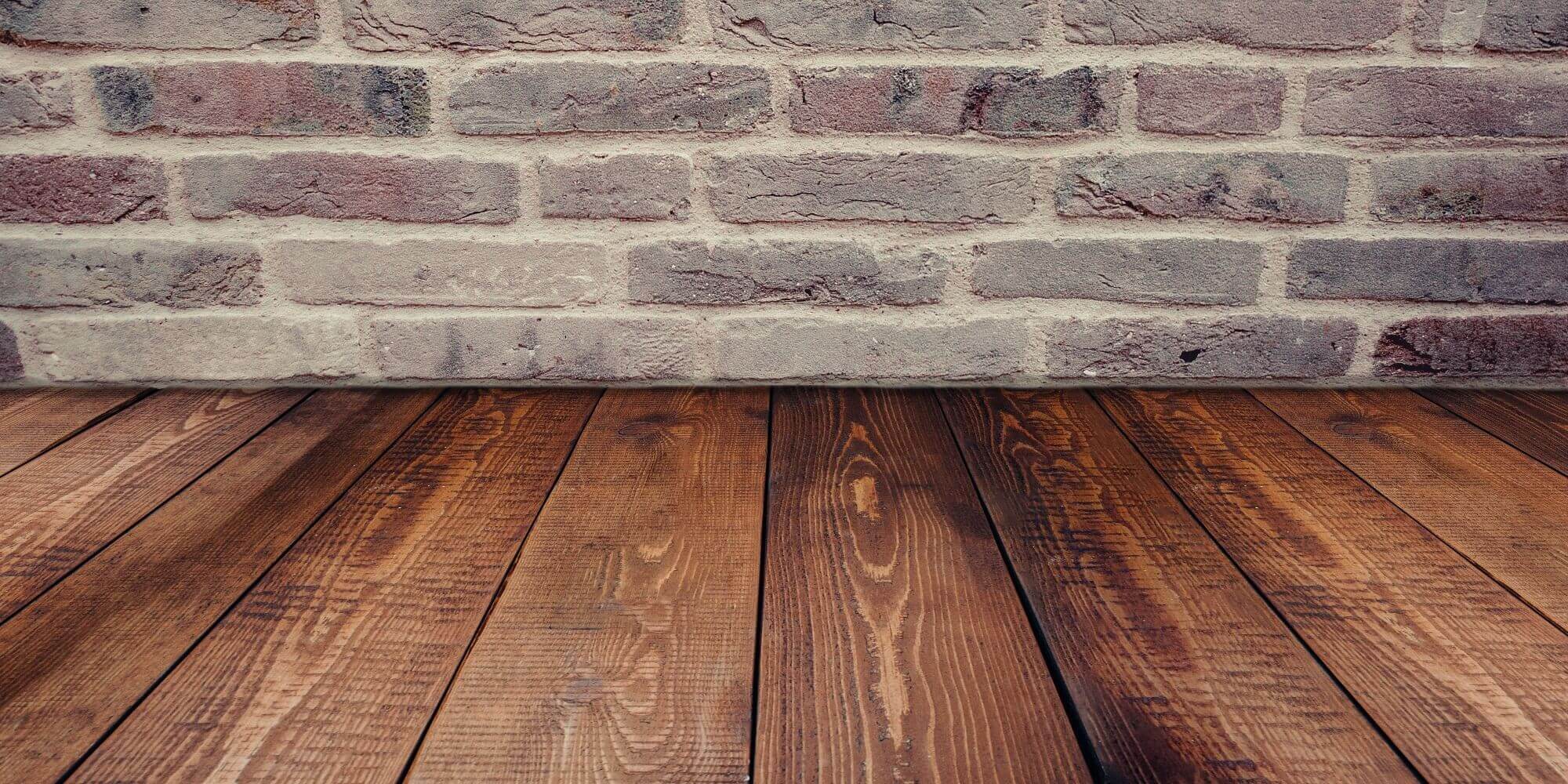The Challenge of Installing Solid Wood Flooring on Concrete
Installing solid wood flooring on concrete can be a challenging task. Concrete surfaces present unique obstacles that need to be addressed to ensure a successful installation. Let’s the challenges you may encounter when installing solid wood flooring on concrete and discuss strategies to overcome them.
- Moisture and Humidity: One of the primary challenges of installing solid wood flooring on concrete is managing moisture and humidity. Concrete is porous and can absorb moisture, which can lead to warping, cupping, or buckling of the wood flooring. To address this, it is essential to test the moisture content of the concrete using a moisture meter before installation. If the moisture levels are high, you may need to take measures to mitigate moisture, such as applying a moisture barrier or using a moisture-resistant underlayment.
- Subfloor Leveling: Concrete surfaces can have uneven spots or imperfections, which can affect the installation of solid wood flooring. It is crucial to ensure that the subfloor is level before proceeding with the installation. Use a self-leveling compound to fill any low spots or imperfections in the concrete. This will create a smooth and level surface for the wood flooring installation.
- Adhesion and Stability: Unlike traditional wood subfloors, concrete does not provide a stable surface for nailing or stapling solid wood flooring. Instead, the adhesive is typically used to bond the wood flooring to the concrete. It is important to choose the right adhesive that is specifically designed for wood flooring installation on concrete. Follow the manufacturer’s instructions for proper application and drying times to ensure a secure and stable bond.
- Acclimation of Wood Flooring: Wood flooring needs to acclimate to the environment in which it will be installed to prevent issues such as expansion or shrinkage. However, since concrete is not an ideal environment for acclimation, it is crucial to follow the manufacturer’s recommendations for acclimating the wood flooring before installation. This may involve storing the wood flooring in the room where it will be installed for a certain period of time to allow it to adjust to the temperature and humidity.
- Soundproofing: Concrete surfaces can transmit sound, which can be a concern in certain applications. If soundproofing is a priority, consider using an acoustic underlayment designed to reduce noise transmission. These underlayments can help minimize the impact noise and improve the overall sound insulation of the wood flooring on concrete.

Preparation is Key
Proper preparation is crucial when installing solid wood flooring on concrete. Taking the necessary steps to prepare the concrete surface will help ensure a successful and long-lasting installation. Let’s discuss the key steps involved in preparing the concrete for the installation of solid wood flooring.
- Clean and Inspect the Concrete: Before starting the installation process, it is essential to thoroughly clean the concrete surface. Remove any dirt, dust, grease, or debris using a broom and vacuum cleaner. Inspect the concrete for any cracks, holes, or imperfections that need to be repaired before installing the wood flooring. Fill any cracks or holes with a suitable concrete patching compound and allow it to dry completely.
- Test for Moisture: Moisture is a significant concern when installing wood flooring on concrete. Test the moisture content of the concrete using a moisture meter. If the moisture levels are too high, it can lead to problems such as warping or cupping of the wood flooring. Consider using a moisture barrier or a moisture-resistant underlayment to protect the wood flooring from moisture.
- Install a Vapor Barrier: To further protect the wood flooring from moisture, consider installing a vapor barrier over the concrete surface. A vapor barrier helps prevent moisture from seeping up through the concrete and reaching the wood flooring. Roll out the vapor barrier in overlapping rows, ensuring that it covers the entire concrete surface. Secure the seams with adhesive tape to create a continuous moisture barrier.
- Level the Concrete Surface: Uneven or irregular concrete surfaces can cause problems during the installation of solid wood flooring. Use a self-leveling compound to level the concrete surface and create a smooth, even base for the wood flooring. Follow the manufacturer’s instructions for mixing and applying the self-leveling compound. Use a trowel or a long straight edge to spread the compound evenly across the floor. Allow the compound to dry and cure completely before proceeding with the installation.
- Check for Proper Subfloor Conditions: Aside from leveling the concrete surface, it is important to ensure other subfloor conditions are suitable for wood flooring installation. Check for any signs of mold, mildew, or insect infestation. Address these issues before proceeding with the installation. Additionally, ensure that the concrete surface is structurally sound and free from any cracks or damage that could affect the stability of the wood flooring.
Choosing the Right Materials
Choosing the right materials is essential when installing solid wood flooring on concrete. The underlayment and adhesive play a crucial role in ensuring a successful and long-lasting installation. We will explore the options available for underlayment and adhesive for wood flooring on concrete.
Underlayment Options: Underlayment serves as a barrier between the concrete and the wood flooring, providing added protection and enhancing the overall performance of the installation. Several types of underlayment are suitable for use with solid wood flooring on concrete:
Foam Underlayment: Foam underlayment is lightweight, easy to install, and provides some cushioning. It also helps reduce noise transmission and acts as a moisture barrier.
Cork Underlayment: Cork underlayment is an eco-friendly option that offers excellent sound insulation and thermal properties. It also helps level out minor imperfections in the concrete surface.
Plywood Underlayment: Plywood can be used as an underlayment for solid wood flooring on concrete. It provides a sturdy and stable surface for nailing or stapling the wood flooring.
Adhesive Options: Since concrete does not allow for traditional nailing or stapling of solid wood flooring, adhesive is used to bond the wood to the concrete. There are several types of adhesives available for wood flooring installation on concrete:
Moisture-Cured Urethane Adhesive: This type of adhesive is specifically designed for wood flooring installation on concrete. It provides a strong bond and is resistant to moisture. It is suitable for both solid and engineered wood flooring.
Epoxy Adhesive: Epoxy adhesive is a popular choice for wood flooring installation on concrete. It provides a strong, durable bond and is resistant to moisture and temperature fluctuations. It is ideal for high-traffic areas.
Polyurethane Adhesive: Polyurethane adhesive offers excellent bonding strength and is resistant to moisture. It is suitable for both solid and engineered wood flooring.
Considerations for Choosing Underlayment and Adhesive: When choosing underlayment and adhesive for wood flooring on concrete, consider the following factors:
Moisture Resistance: Ensure that the underlayment and adhesive are moisture-resistant to protect the wood flooring from potential moisture damage.
Compatibility: Check that the underlayment and adhesive are compatible with the specific type of wood flooring you are installing.
Manufacturer Recommendations: Follow the manufacturer’s recommendations for underlayment and adhesive selection to ensure compatibility and performance.
Environmental Considerations: If eco-friendliness is a priority, choose underlayment and adhesive options that are made from sustainable materials and have low VOC emissions.
Methods for Installing Solid Wood Flooring on Concrete
Installing solid wood flooring on concrete requires specific techniques and tips to ensure a successful and professional-looking installation. Below are some essential methods and tips for installing solid wood flooring on concrete.
Floating Installation Method: The floating installation method is a popular choice for installing solid wood flooring on concrete. In this method, the wood flooring is not attached directly to the concrete but instead floats on top of an underlayment. The underlayment provides cushioning, and moisture protection, and helps reduce noise transmission. The wood flooring is typically tongue-and-groove, and the planks are connected using a click-lock system or adhesive.
Glue-Down Installation Method: The glue-down installation method involves applying adhesive directly to the concrete surface and then placing the wood flooring on top. This method provides a strong and stable bond between the wood and the concrete. It is important to choose a high-quality adhesive specifically designed for wood flooring installation on concrete. Follow the manufacturer’s instructions for proper application and drying times.
Moisture Barrier Installation: To protect the wood flooring from moisture, consider installing a moisture barrier between the concrete and the wood. A moisture barrier helps prevent moisture from seeping up through the concrete and reaching the wood flooring. It is typically a plastic or foam layer that is rolled out and secured to the concrete surface. Ensure that the moisture barrier is properly installed and covers the entire area where the wood flooring will be installed.
Acclimation of Wood Flooring: Wood flooring needs to acclimate to the environment in which it will be installed to prevent issues such as expansion or shrinkage. Even though concrete is not an ideal environment for acclimation, it is still important to allow the wood flooring to adjust to the temperature and humidity of the space. Follow the manufacturer’s recommendations for acclimating the wood flooring before installation. This may involve storing the wood flooring in the room where it will be installed for a certain period.
Finishing and Sealing: After the wood flooring is installed, it is important to finish and seal it to protect it from wear and tear. Apply a suitable finish, such as polyurethane or oil-based finish, following the manufacturer’s instructions. This will help enhance the appearance of the wood and provide a protective layer. Allow the finish to dry completely before allowing foot traffic on the newly installed wood flooring.
Regular Maintenance: To ensure the longevity and durability of your solid wood flooring on concrete, it is important to perform regular maintenance. This includes sweeping or vacuuming the floor regularly to remove dirt and debris, using a damp mop with a mild cleaner for routine cleaning, and promptly addressing any spills or stains. Avoid using excessive water or harsh cleaning agents that can damage the wood flooring.
Maintaining Your Solid Wood Flooring on Concrete
Once you have successfully installed solid wood flooring on concrete, it is essential to maintain it properly to ensure its longevity and durability. Let’s discuss some key tips for maintaining your solid wood flooring on concrete, helping you keep it looking beautiful for years to come.
Regular Cleaning: Regular cleaning is essential to prevent dirt, dust, and debris from scratching the surface of the wood flooring. Sweep or vacuum the floor regularly to remove any loose particles. Use a damp mop with a mild wood floor cleaner to clean the surface, making sure not to use excessive water that could damage the wood. Avoid using abrasive cleaners or harsh chemicals that can strip the finish or cause discoloration.
Preventing Moisture Damage: While solid wood flooring is more resistant to moisture than other types of wood flooring, it is still important to take precautions to prevent moisture damage. Wipe up any spills immediately to prevent them from seeping into the wood and causing warping or staining. Use rugs or mats in areas prone to moisture, such as entryways or kitchens, to protect the wood flooring. Avoid excessive humidity levels in the room, as high humidity can lead to wood expansion and contraction.
Protecting from Furniture: To prevent scratches and dents from furniture, use felt pads or furniture coasters on the legs of chairs, tables, and other furniture pieces. This will help distribute the weight and prevent direct contact between the furniture and the wood flooring. Lift furniture when moving it instead of dragging it across the floor to avoid scratching the wood.
Sunlight Protection: Prolonged exposure to direct sunlight can cause the wood flooring to fade and discolor over time. Use curtains, blinds, or UV-protective window films to filter the sunlight and protect the wood flooring. Consider rearranging furniture periodically to prevent uneven fading.
Seasonal Maintenance: Wood flooring can expand and contract with changes in temperature and humidity. During dry seasons, use a humidifier to add moisture to the air and prevent excessive drying of the wood. During humid seasons, use a dehumidifier or air conditioner to reduce moisture levels and prevent swelling or cupping of the wood.
Regular Maintenance and Inspection: Periodically inspect the wood flooring for any signs of damage, such as scratches, dents, or loose boards. Address any issues promptly to prevent further damage. Depending on the wear and tear, consider refinishing the wood flooring every few years to restore its appearance and protect it from further damage.
How To Lay Solid Wood Flooring Over Concrete
Installing a Hardwood Floor Over a Concrete Slab – American
Getting it right: Wood flooring over a concrete subfloor – Page 2
Pin on llau
This is How to Install Hardwood Floors Over Concrete – MacDonald
Should You Install Flooring on Damp Concrete? Concrete
Related Posts:
- Wood Floor Mold Removal
- How Thick Is Engineered Wood Flooring
- Real Wood Flooring In Kitchen
- Wood Floor Kitchen Cabinet Combination Designs
- Solid Wood Floor Repair Kit
- Dark Wood Floor Finishes
- Light Oak Solid Wood Flooring
- Grey Wood Floor In Bathroom
- Pledge Wood Floor Cleaner Spray
- Wide Plank Wood Flooring Cost
